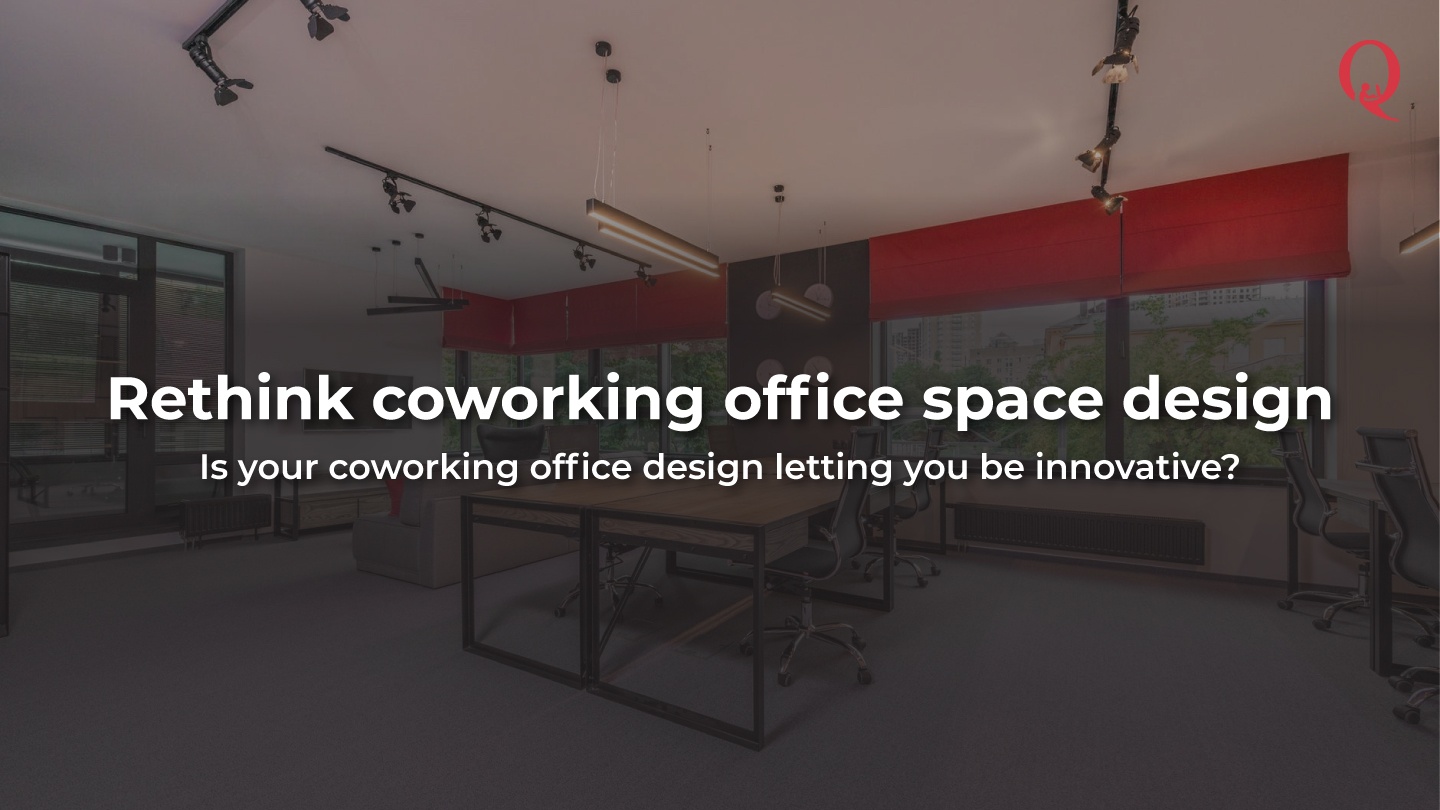Although the current world is obsessed with startups and entrepreneurship, the nuanced nature of the creative journey in which mothers innovative ideas is often overlooked, and scarce attention is paid towards providing the right environment to shape these journeys.
Coworking spaces, at least theoretically, serve as incubators for creative ideas to flourish. The industry is expanding at an annual rate of up to 20 percent. Arguably, then, we need to implement collaborative and flexible office designs or socio-technical infrastructures that effectively and constantly propel entrepreneurs to innovate.
Mortimer House in London, located in a six-story building has a design that translates Maslow’s hierarchy of needs into an environmental space. The ground floor caters to the ‘physiological needs’ of the individual through a chic, open-for-all restaurant, whereas the following ‘social belonging’ level constitutes the four members’ coworking floors.
Some Why’s and How’s of coworking space design:
- Why: To enhance interaction and team-building
A coworking space is built to bring individuals from varied industries and backgrounds under one roof. A community-resembling setting, therefore, makes for an ideal coworking office. But that’s not enough for collaboration to happen organically. A collaborative office design that facilitates interaction is necessary.
A room should start a conversation before people actually start exchanging words.
This popular quote by Barry Dixon speaks volumes about the impact a good design can have on valuable interactions. When you put design thinking at the heart of your business, you disallow your teams to work in silos and rather establish a logic of collaboration between departments to promote collective intelligence. A well-thought coworking office design instills positivity and encourages everyone to express freely.
How:
Many coworking spaces often have open workspaces with large round tables. Elevated tables encourage participation by letting people closer and collaborate. Elevated chairs ensure an upright posture that keeps participants engaged. Couches can be used during the breaks.
Besides, food is the best glue to connect people. A comfortable, vibrant pantry is therefore always a good place for minds to mingle. Sofas or high chairs at a counter can create a cafe-like atmosphere that allows people to get comfy and strike up a conversation. Eaton Club Hong Kong illustrates how a coworking space can effectively allow users to mix work with leisure. The work area sits next to a lounge where there is a bar available for users. This creates a comfortable setting to network and entertains clients without having to leave the office. Finding the right balance between fun and formal is key in enhancing interaction between users.
- Why: Flexibility is important
The reason why coworking spaces appeal to SMEs, startups, and incubators is that they provide flexibility to try and test different design styles without digging a hole in their pockets. Since these organizations work on short-term leases, a flexible layout that can be scaled up or down is ideal for them to utilize the space effectively.
How: Optimise space usage with flexible models
Elements such as retractable walls, movable tables and chairs, and numerous electrical outlets that allow the premises to be configured and molded as per the changing requirements offer the most practical way to optimize the use of space. The fluidity of workspace means walls that have visual prompts in the form of sticky notes or paper charts, portable whiteboards can be moved around for gathering meaningful data, and more room to walk around.
Hot-desking is a given in most coworking spaces, but other options such as beanbag lawns or private work pods can really help to mix things up.
- Why: Because Comfort = Happiness = Productivity
Although some coworking spaces are exclusive and specifically designed to cater to clients, most are still focused on satisfying the users that occupy them. An effective design that uses a range of color schemes and furniture allows one to choose a space that best suits the needs.
How:
Where open spaces are important, there is also a need to ensure the privacy of employees when they take their personal calls. Phone booths or privacy screens could be incorporated for individuals looking for some quiet time or personal space. Storage spaces for those who do not have a permanently assigned workstation are also useful for locking away private and confidential documents and belongings.
The flexibility of work timings would also imply a need for nooks to rest and escape from the hustling work environment once in a while.
Ideation zones should be located away from high-pressure zones that remind participants of stressful activities and time pressures.
Nature plays a great role in boosting innovative thoughts. Being surrounded by natural and living elements like plants, green walls, sunlight, and wooden furniture keeps the mind calm and improves creativity. Workstations overlooking large windows that allow plenty of daylight are undoubtedly ideal for great ideas to arise.
Maintaining an optimum temperature (between 22°C – 25°C) is also important to support creativity.
Conclusion
Instead of boardrooms with the CEO at the head of the table, a coworking space levels the playing field and puts everyone on an equal footing. The design thinking method helps to ensure that a transition to a new working environment meets the expectations of different users. Rethinking coworking office design is, at its core, a human-centered approach that aims to focus on the users’ needs and on improving their overall experience of working. The design of the coworking space that caters to the changing needs and different personality types ultimately allows for greater user satisfaction and enhanced performance.
This method can be practiced in all types of organizations in all sectors of activity. Both large groups and startups are increasingly attracted to this method to grow creatively and innovatively. If implemented effectively, this method can give an edge to any company to stand out from the competition.










